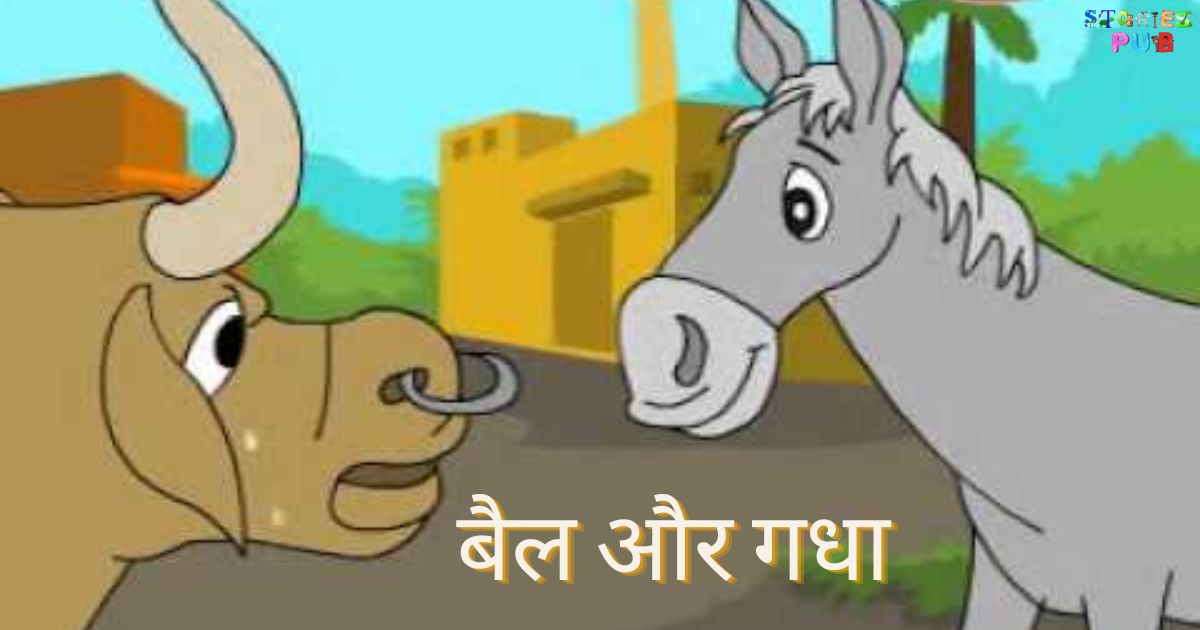The Risks of PRIME Energy Drinks for Kids: Why They Should Be Avoided

Are you a concerned parent wondering, “Are PRIME Energy Drinks good for kids?” In a world where flashy marketing campaigns and social media influencers often steer young minds, the safety of energy drinks like PRIME has become a paramount issue.
With a caffeine content that rivals some adults’ daily intake and a marketing strategy that targets impressionable audiences, it’s essential to delve deeper into the pros and cons of these trendy beverages. In this article, we’ll unravel the complexities surrounding PRIME Energy Drinks, exploring why they’ve become a subject of scrutiny and what healthier alternatives you can offer your children.
What is PRIME Energy Drink?
PRIME Energy Drinks come in multiple forms, including sports drinks, energy drinks, and drink mixes. Introduced in the United Kingdom in 2022, they quickly gained notoriety, catching the eye of consumers, especially the younger demographic. This buzz can be attributed to the brand’s association with social media influencers, such as Logan Paul and KSI, who have harnessed their substantial followings to promote PRIME.
The Caffeine Content Concern
One of the most pressing issues surrounding PRIME Energy Drinks is their exceptionally high caffeine content. These beverages contain a whopping 200mg of caffeine per 355ml can, which is equivalent to the caffeine content in two-and-a-half cans of Red Bull, three large cups of coffee, or six cans of Coca-Cola. This caffeine level is alarmingly high for anyone, let alone children and teenagers who are still developing both physically and mentally.
PRIME Energy Drink Marketing
PRIME Energy Drinks have leveraged the power of social media and influencers to make their mark. YouTube sensations Logan Paul and KSI, known for their massive online following, have played a pivotal role in endorsing PRIME. Their endorsement has helped create a sense of desirability around the product, particularly among impressionable young audiences. This marketing strategy raises several concerns:
- Senator Chuck Schumer’s involvement in calling for an FDA investigation highlights the gravity of the situation.
- The lack of necessary warnings and information on the product and its website is a glaring omission that puts children at risk.
Health Risks Associated with Caffeine in Kids
The impact of caffeine consumption on children under 18 is a significant cause for concern. The Centers for Disease Control and Prevention (CDC) has outlined several adverse health effects associated with caffeine intake in children:
- Dehydration: Caffeine can lead to inadequate hydration, posing health risks, especially for active kids.
- Heart complications: Irregular heartbeat and even heart failure can occur due to excessive caffeine consumption.
- Anxiety: Caffeine can induce feelings of nervousness and jitteriness in children.
- Insomnia: Sleep disturbances are a common side effect, potentially affecting a child’s overall well-being.
Schools’ Response to PRIME Energy Drinks
As concerns over PRIME Energy Drinks continue to mount, schools across the country are taking action to protect their students. Instances of schools banning PRIME have emerged, with parents sharing their experiences on social media. Some notable incidents include:
- Email warnings from schools to parents, urging them not to send their kids with PRIME.
- Reports of students selling the drink to their peers, raising additional safety concerns within the school environment.
- Health-related incidents reported in schools, where students who consumed PRIME suffered from headaches and other symptoms.
Influence of social media on PRIME’s Popularity
The power of social media, particularly platforms like YouTube and TikTok, cannot be underestimated in driving the popularity of PRIME Energy Drinks among the younger demographic. YouTube influencers Logan Paul and KSI, in particular, have played a significant role in promoting these drinks. A recent study in the Journal of Adolescent Health found:
- High engagement with energy drink-related content on TikTok.
- A significant presence of children and adolescents in these videos.
- Hazardous levels of consumption are portrayed in some of the content.
- A positive portrayal of energy drinks, contributing to increased consumption among kids.
PRIME Hydration vs. PRIME Energy Drink
It’s crucial to distinguish between PRIME Hydration and PRIME Energy Drinks. While PRIME Energy Drinks contain dangerously high caffeine levels, PRIME Hydration is caffeine-free and primarily composed of water and coconut water, supplemented with electrolytes and vitamins. However, safety concerns arise when children consume PRIME Hydration in excess of recommended daily amounts.
The Role of Artificial Sweeteners and Added Vitamins
PRIME Hydration contains artificial sweeteners, such as sucralose, which enhance its taste but provide minimal energy. This raises concerns:
- Artificial sweeteners may lead children to displace nutrient-rich foods from their diets.
- Limited research exists on the long-term effects of artificial sweeteners in children, necessitating caution.
The presence of added vitamins in PRIME Hydration, when consumed in excess, can lead to health risks:
- Overconsumption of vitamin A can lead to toxicity.
- Vitamin E intake exceeding daily requirements can pose risks.
- Both vitamins are fat-soluble and can accumulate in the body, increasing the risk of toxicity.
The Appeal of PRIME and Its Price Tag
The popularity of PRIME Energy Drinks among children can be attributed to several factors:
- Influencer endorsement by Logan Paul and KSI creates a sense of desirability.
- The product’s unique positioning in the market, as evidenced by its significant price premium compared to alternatives, adds to its allure.
These factors combine to make PRIME a status symbol among children, further increasing its appeal.
Choosing Safe Hydration Alternatives for Kids
In light of the risks posed by PRIME Energy Drinks, it is essential for parents to educate their children about the potential dangers of these beverages. Instead of opting for energy drinks, children should be encouraged to choose healthier hydration alternatives:
- Water, being cost-effective and risk-free, should be the primary choice for hydration.
- The American Academy of Pediatrics recommends limiting 100% fruit juice and encourages whole fruits over juice consumption.
- High-carbohydrate sports drinks should be used sparingly or avoided altogether during regular activities.
Special Considerations for Young Athletes
For young athletes engaged in elite-level sports that demand extensive training and exertion, the need for sports hydration drinks may arise. However, it’s essential to make informed choices:
- Dietitians specialized in sports nutrition can provide tailored advice.
- Rehydration beverages with electrolytes and carbohydrates are suitable for athletes to support performance.
- PRIME Hydration, lacking an energy source, may not be the ideal choice for this group.
Conclusion
PRIME Energy Drinks pose significant safety risks to children and adolescents due to their high caffeine content and aggressive marketing strategies. Parents must be vigilant, educate their children about the dangers of energy drinks, and promote healthier hydration choices to ensure the well-being of their kids.
The influence of social media and influencer marketing on children’s beverage preferences underscores the importance of responsible advertising and age-appropriate content restrictions.
PRIME Energy Drinks FAQs
What are PRIME Energy Drinks, and why are they in the spotlight?
PRIME Energy Drinks are beverages that have gained popularity, especially among kids and teenagers. They contain exceptionally high levels of caffeine, which has raised concerns about their safety.
How much caffeine is in PRIME Energy Drinks, and why is it a concern for kids?
PRIME Energy Drinks contain 200mg of caffeine per 355ml can, equivalent to multiple cups of coffee. This caffeine level is considered dangerous for children as it can lead to various health issues.
Are PRIME Energy Drinks marketed to kids and adolescents?
Yes, PRIME Energy Drinks have been marketed to younger audiences, often through social media and influencer campaigns. Their appeal to kids and teenagers has raised alarms among parents and health authorities.
What health risks are associated with caffeine consumption in children and teenagers?
Caffeine consumption in kids can lead to health issues such as dehydration, heart complications, anxiety, and insomnia. Excessive caffeine intake can be especially harmful to developing bodies and minds.
Have schools taken any actions regarding PRIME Energy Drinks?
Yes, some schools have banned PRIME Energy Drinks due to safety concerns. Reports have emerged of students selling these drinks to peers and experiencing health-related incidents in school.
How has social media influenced the popularity of PRIME Energy Drinks among kids?
Influencers like Logan Paul and KSI have used their large followings on platforms like YouTube and TikTok to promote PRIME Energy Drinks. The visibility and endorsement of these drinks on social media have contributed to their popularity among younger audiences.
Is PRIME Hydration a safer alternative for kids?
PRIME Hydration does not contain caffeine and is primarily composed of water and coconut water, making it a safer choice compared to PRIME Energy Drinks. However, overconsumption can still lead to health risks.
What are the concerns related to artificial sweeteners and added vitamins in PRIME Hydration?
Artificial sweeteners like sucralose are used to enhance taste but may displace nutrient-rich foods in children's diets. Excessive consumption of added vitamins can also lead to health risks, as some vitamins are fat-soluble and can accumulate in the body.
What is the best hydration option for kids, considering the risks associated with energy drinks?
Water is the most recommended and safe hydration option for children. The American Academy of Pediatrics advises limiting fruit juice and encourages the consumption of whole fruits over juice. High-carbohydrate sports drinks should be used sparingly.
Are there any special considerations for young athletes regarding hydration?
Young athletes engaged in intense training may require sports hydration drinks with electrolytes and carbohydrates to support their energy needs. However, it is advisable to consult a dietitian for personalized guidance.







